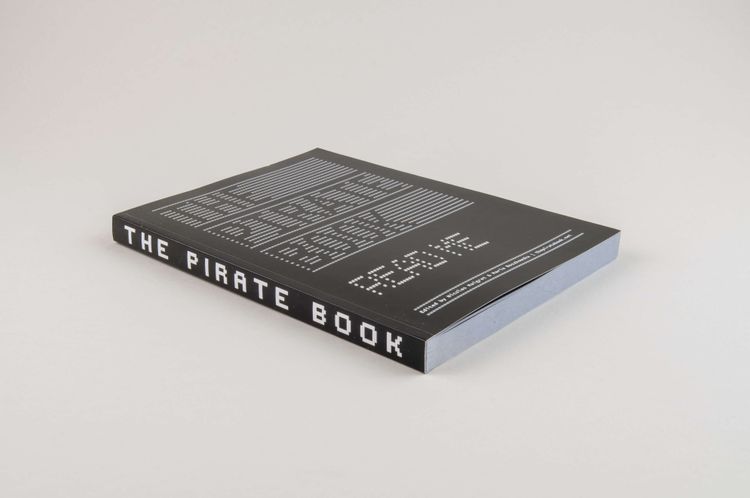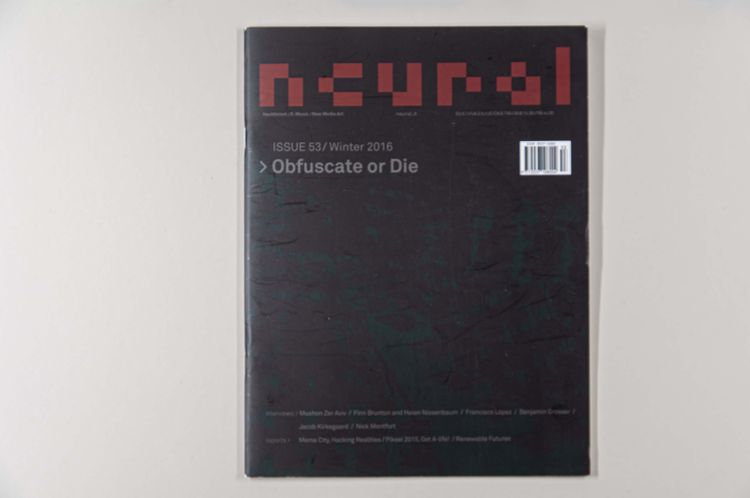“This publication offers a broad view on media piracy as well as a variety of comparative perspectives on recent issues and historical facts regarding piracy. It contains a compilation of texts on grassroots situations whose stories describe strategies developed to share, distribute and experience cultural content outside of the confines of local economies, politics or laws. These stories recount the experiences of individuals from India, Cuba, Brazil, Mexico, Mali and China” (back cover).
The book begins with a historical review, from the printing press to contemporary copyright law; it then looks at the structures, charters, and visual culture of the warez scene from an insider’s perspective; before presenting anti-piracy technology and industry from different eras, and individual geographically-specific piracy phenomena. These include shanzai culture in China, private video clubs and consoles in Brazil, downloaders in Mali, and music from cellphones in West Africa.
The anecdotes and accounts of artists, researchers, activists, and bootleggers bring together global, local, and personal experiences with forms of piracy, most of which have arisen from necessity. They reveal the vitality and breadth of the phenomenon, as well as the amazing creativity and sophisticated strategies used to counter economic, technical, or legal restrictions. The editors argue that piracy has been and continues to be a driver of social, technological, and intellectual innovation: “the history of piracy is the history of modernity” (The Pirate Book, “Preamble”).
The Pirate Book is “neither an artist book, nor an academic dissertation, nor an archive, nor a forecast study. It is a blend of all of the latter and forms a prolific guide that can be read as much as it can be looked at” (The Pirate Book, “Preamble”).
The book is available in black and white, in color, and as a free PDF. As part of the artist intervention series for Neural magazine—which covers new media art, electronic music, and hacktivism—subscribers to the 53rd issue (2016) of the print magazine received a USB stick that contained the PDF version of the book and all the materials used.
Edited by Nicolas Maigret and Maria Roszkowska with contributions by Jota Izquierdo, Christopher Kirkley, Marie Lechner, Pedro Mizukami, Ernesto Oroza, Clément Renaud, Ishita Tiwary, Ernesto Van der Sar, and Michaël Zumstein.

